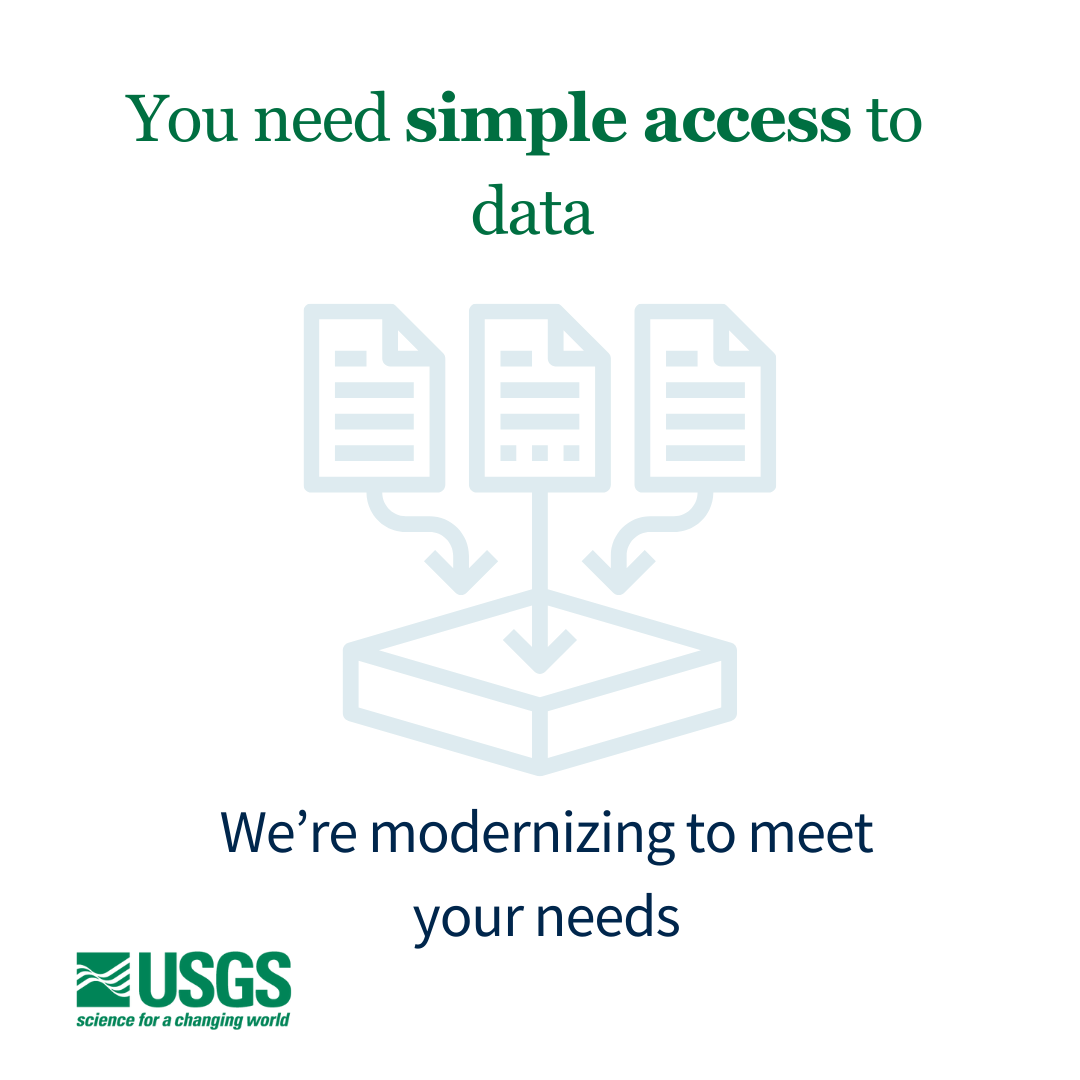
The USGS is expanding its implementation of the Water Quality Exchange (WQX) standard for delivering water quality and sample data.

The USGS is expanding its implementation of the Water Quality Exchange (WQX) standard for delivering water quality and sample data.
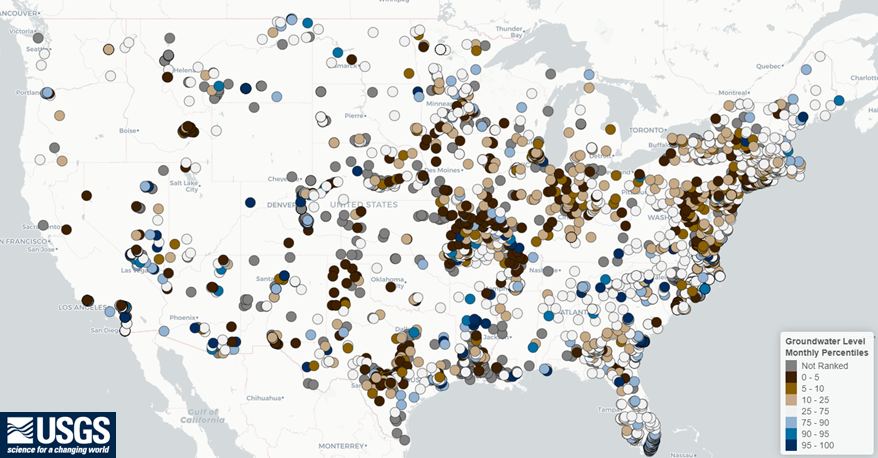
A new, experimental application for viewing groundwater levels with historical context and for generating site-level reports.
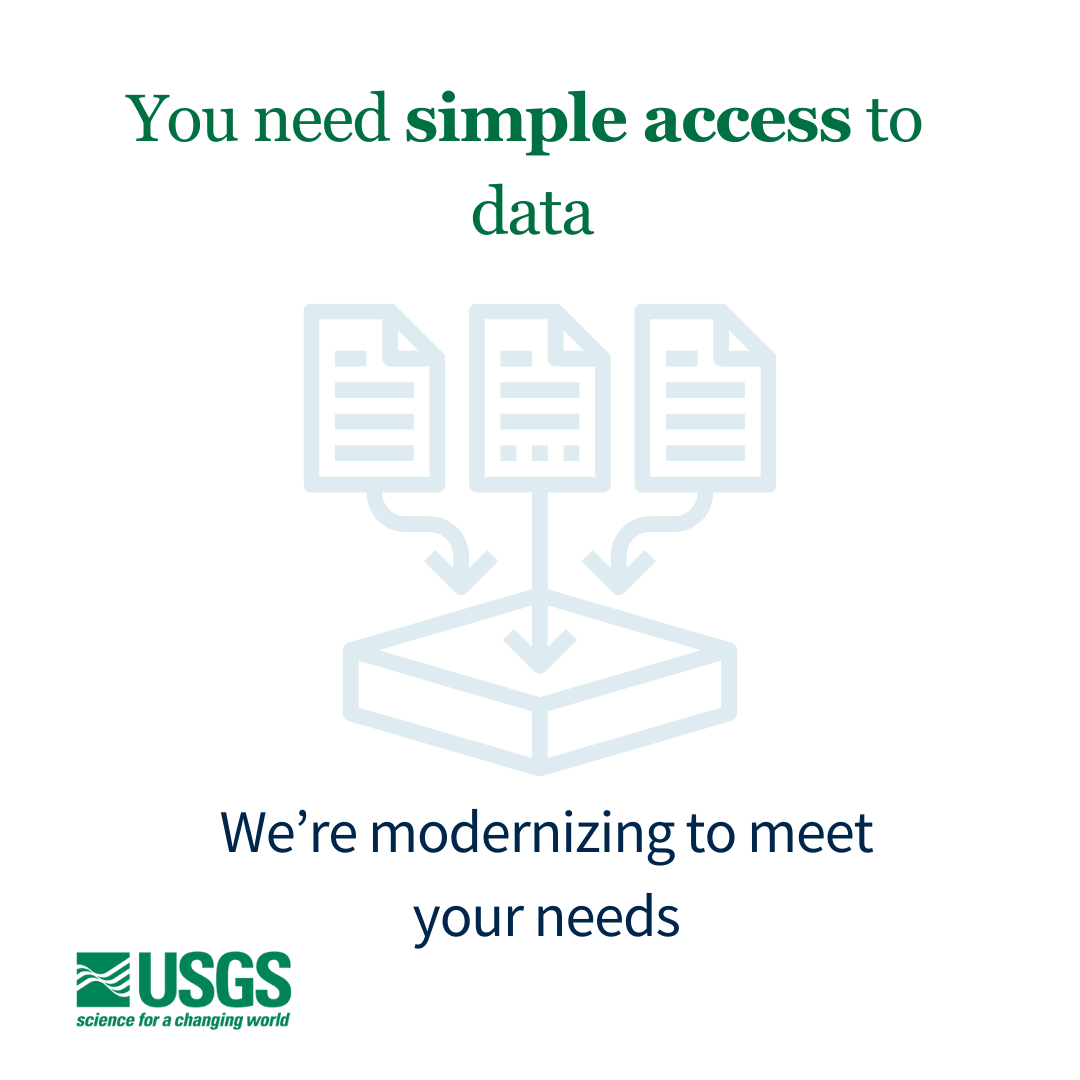
USGS is improving the way that sample data are stored and served to the public. These changes will affect our back-end data management systems, web services, application programming interfaces (APIs), computational tools, and user interfaces for accessing data.
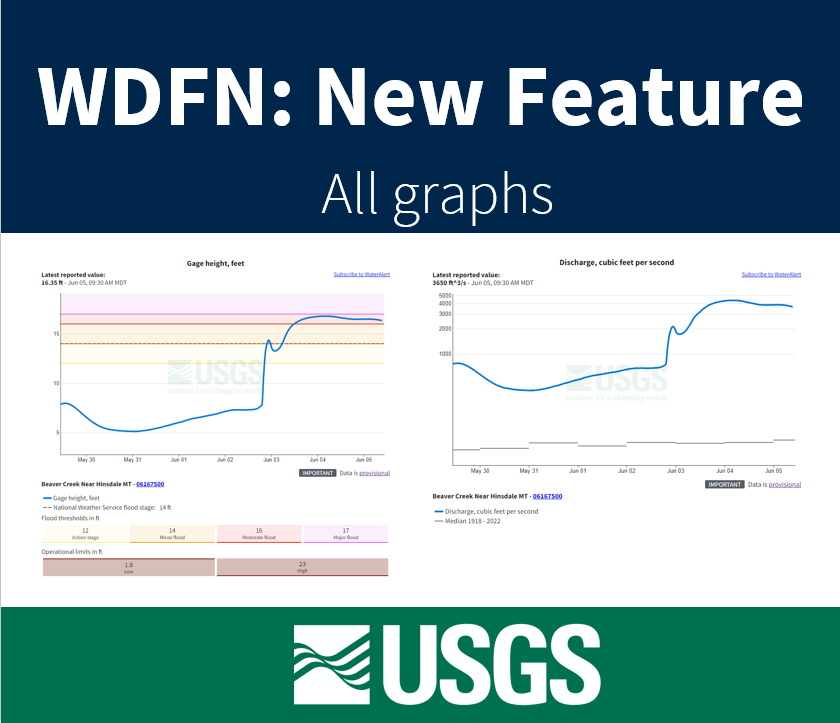
Feature to see a series of graphs of all current sensor data collected at a single location is available now.
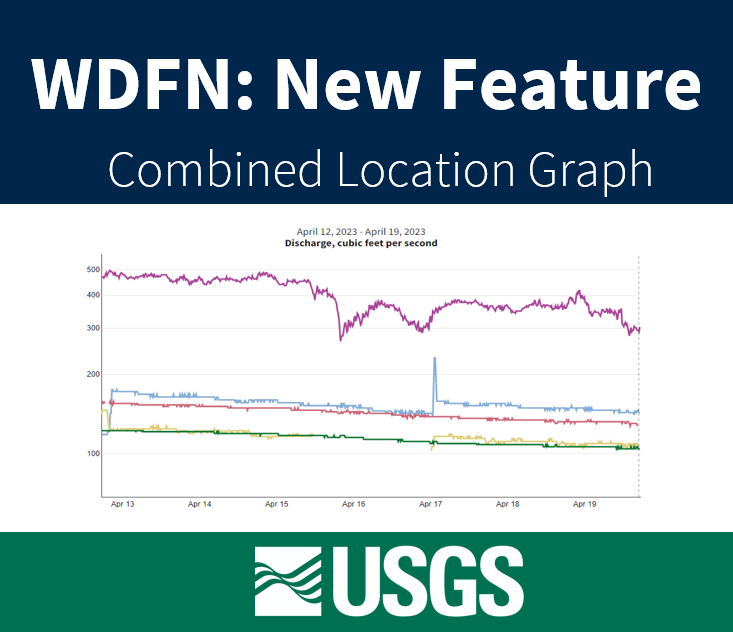
Graphing data for 5 locations on a single graph now available on WDFN

A look into the current and coming soon features available in WDFN. Updated in 2025 to highlight progress and include links to new features

On October 13th 2022, we released a new water cycle diagram! This update re-envisions the water cycle, placing human activities at the forefront. We designed it to emphasize scientific accuracy, information design, and usability in educational settings. We hope that students of all ages better understand how humans affect where water is on Earth and how it moves, so that we can work towards using water more sustainably.

The legacy Groundwater Watch application is being decommissioned. This blog post explains where users can find similar functionality in other publicly available products.
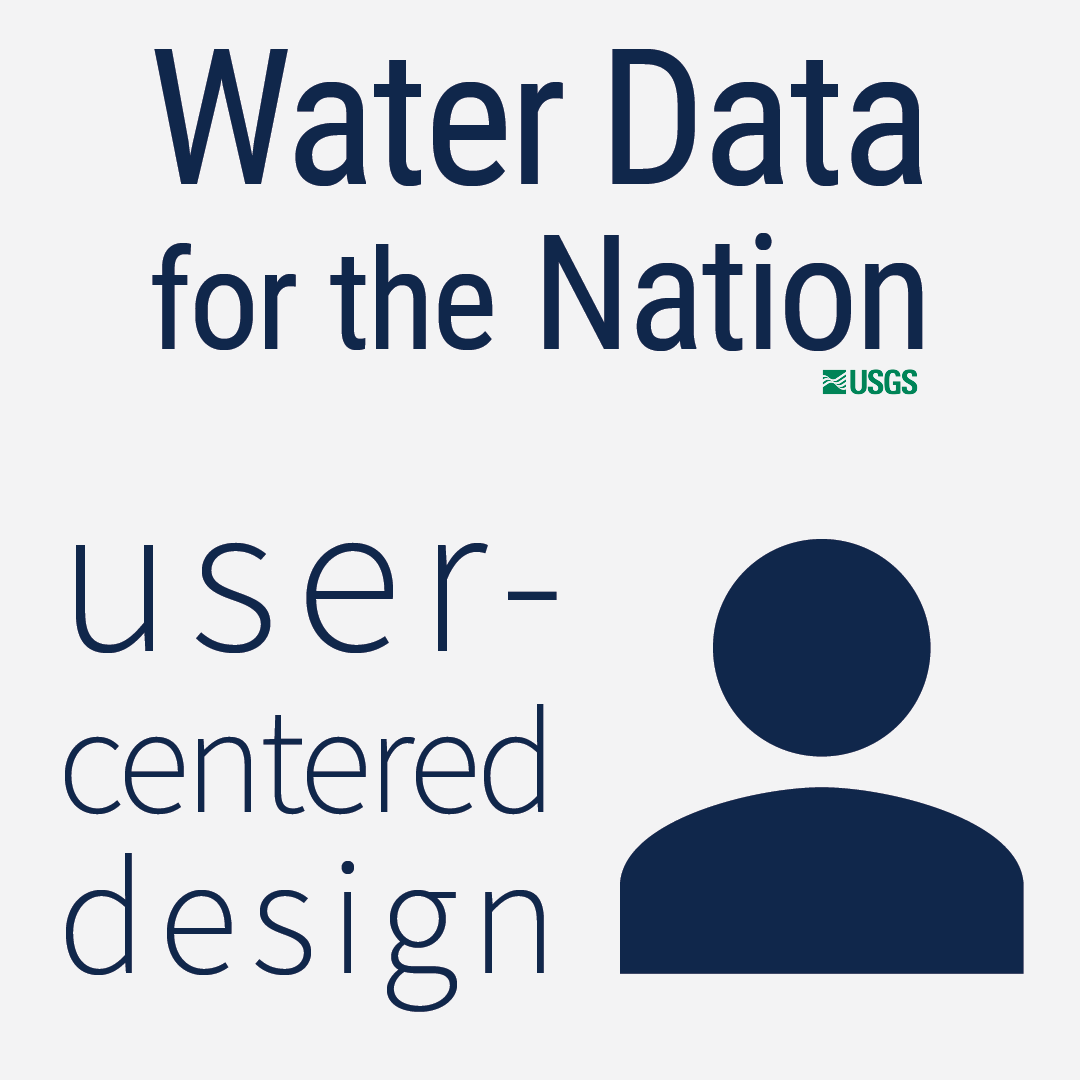
Have you ever heard of user-centered design? We put our users first in how we design, update, and implement our water data delivery products.